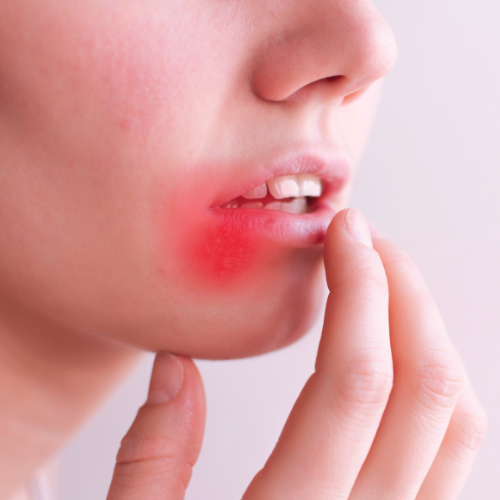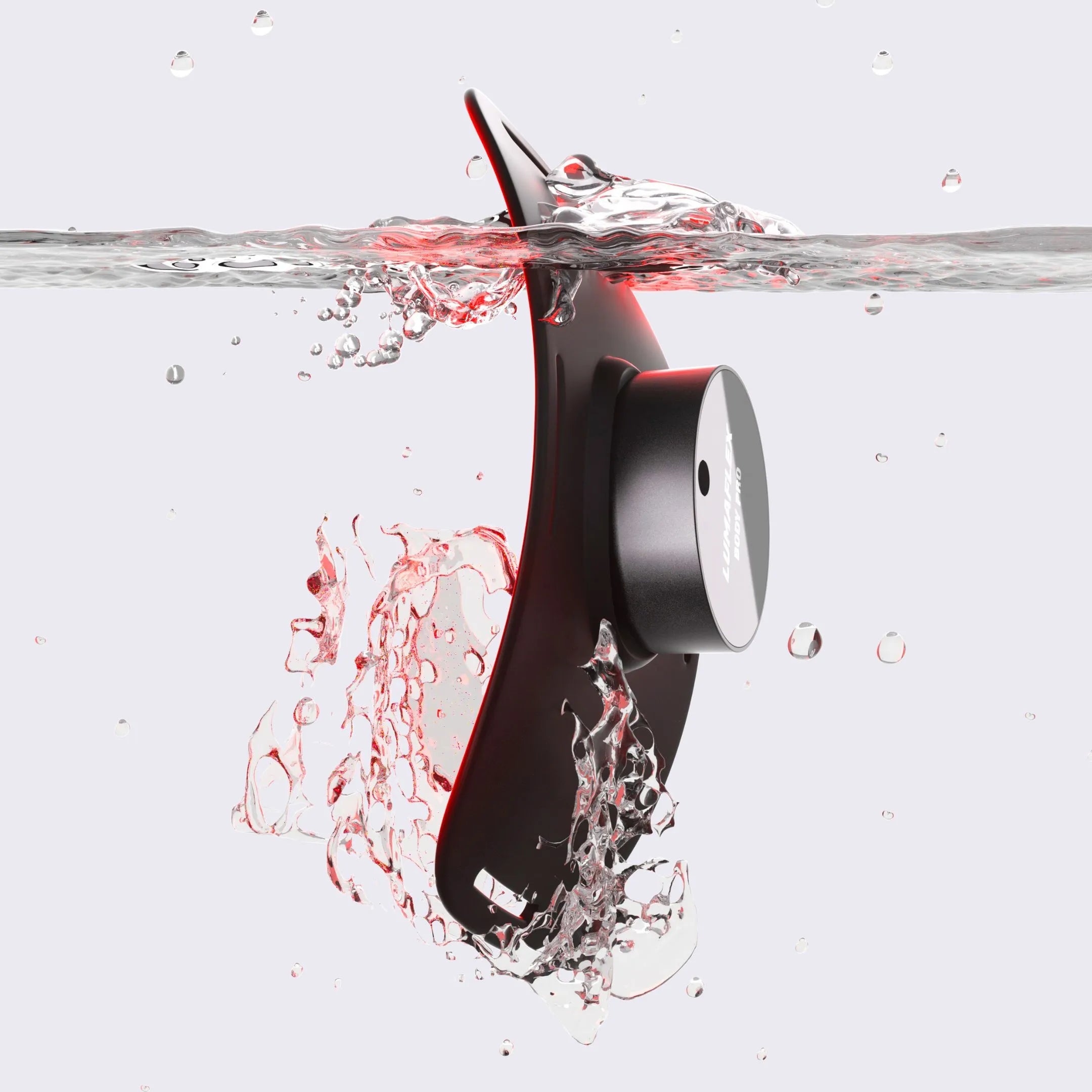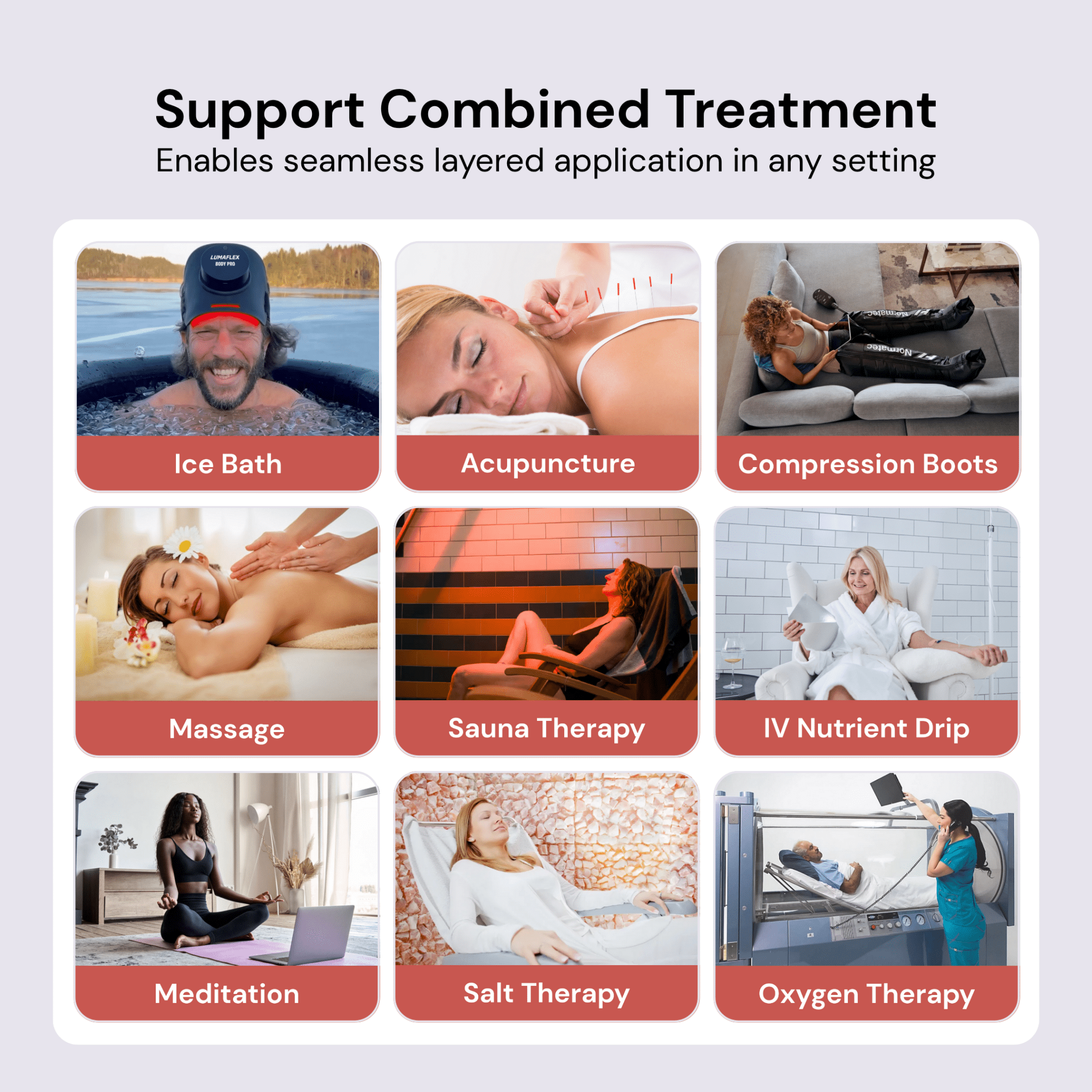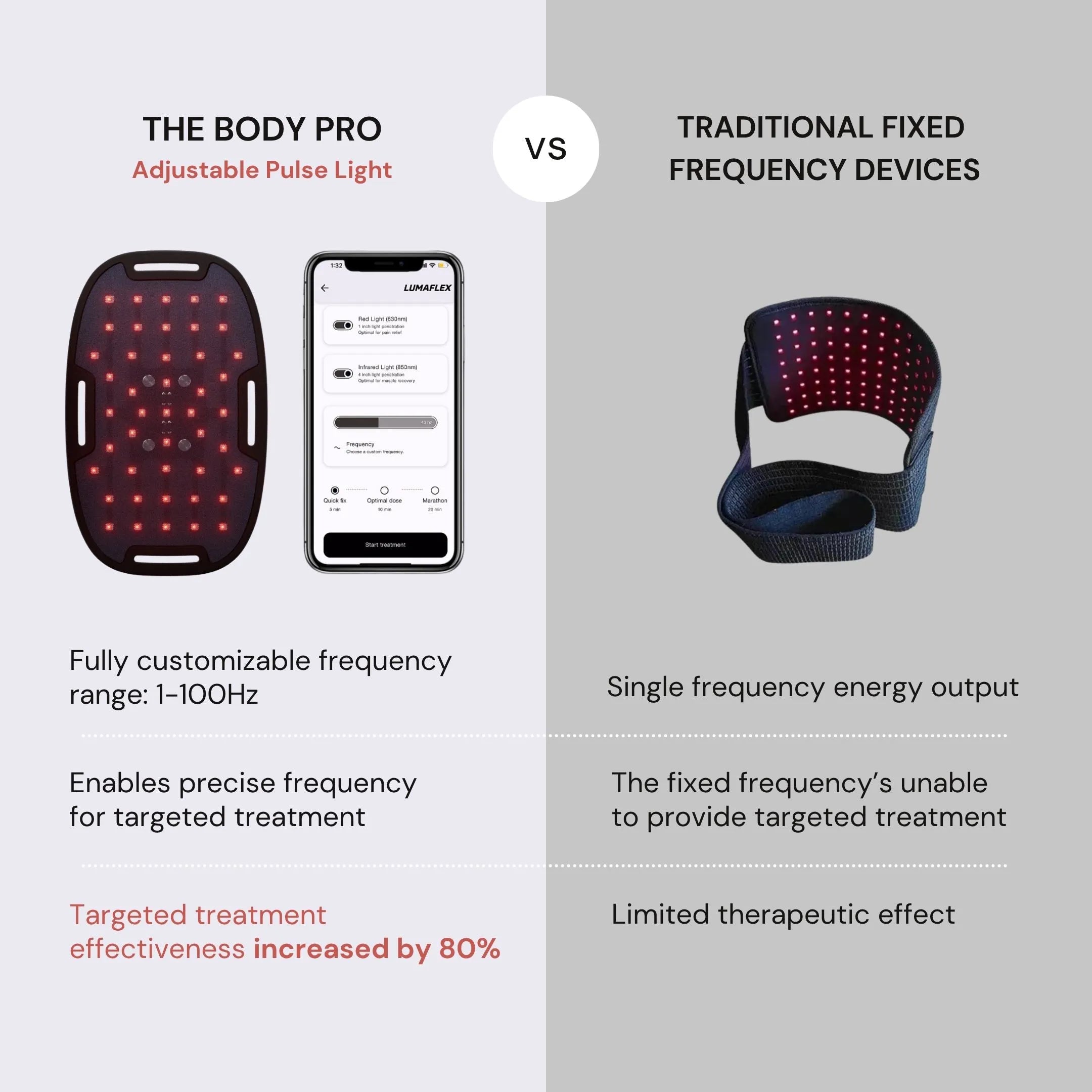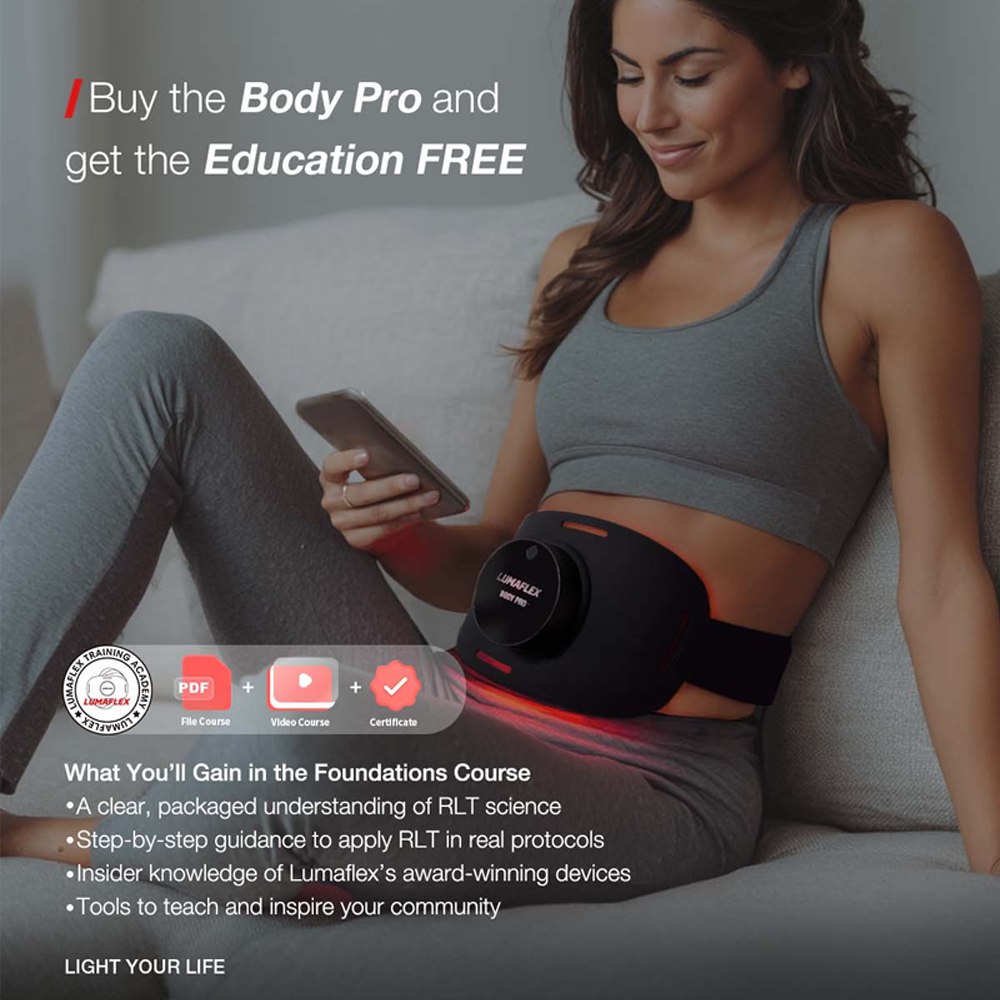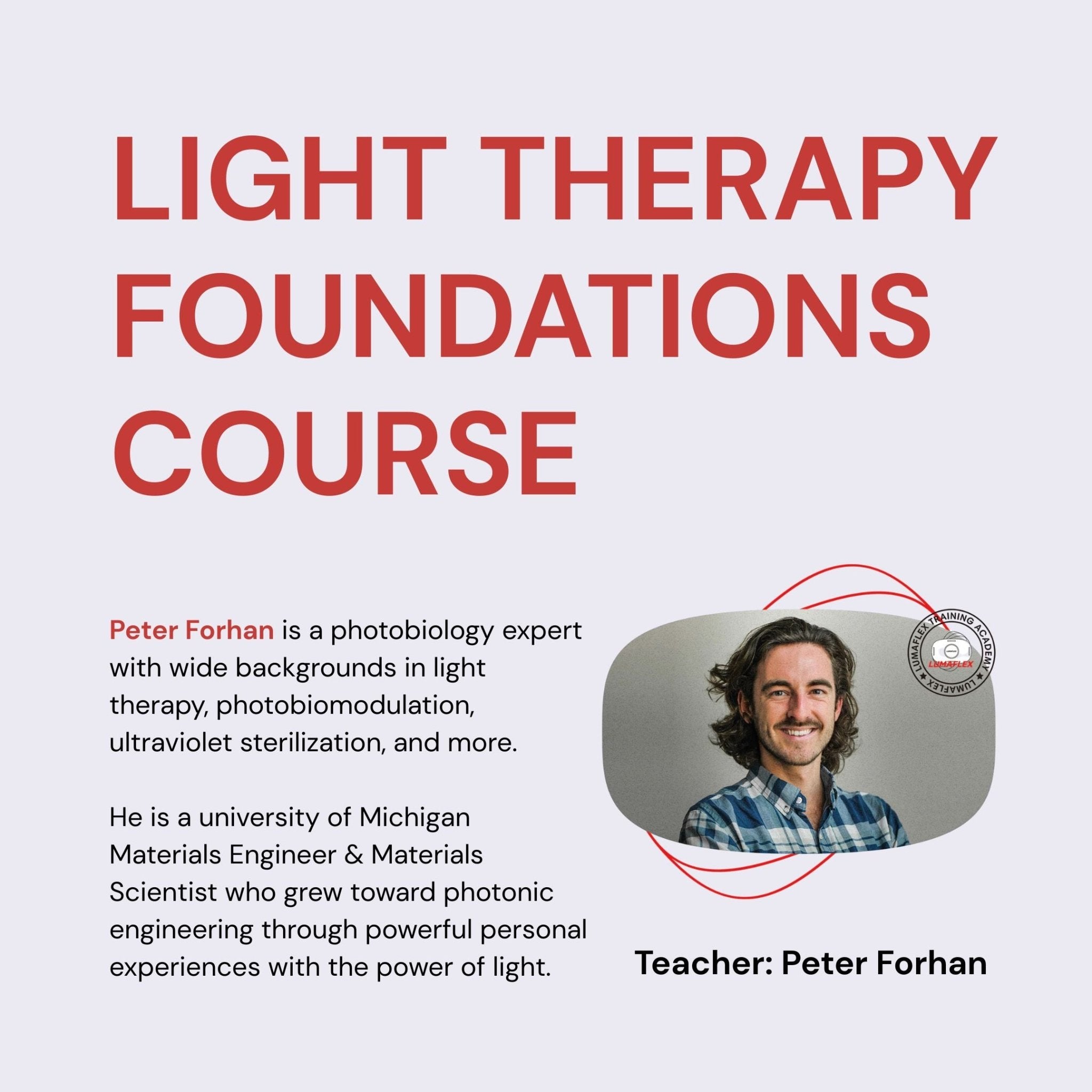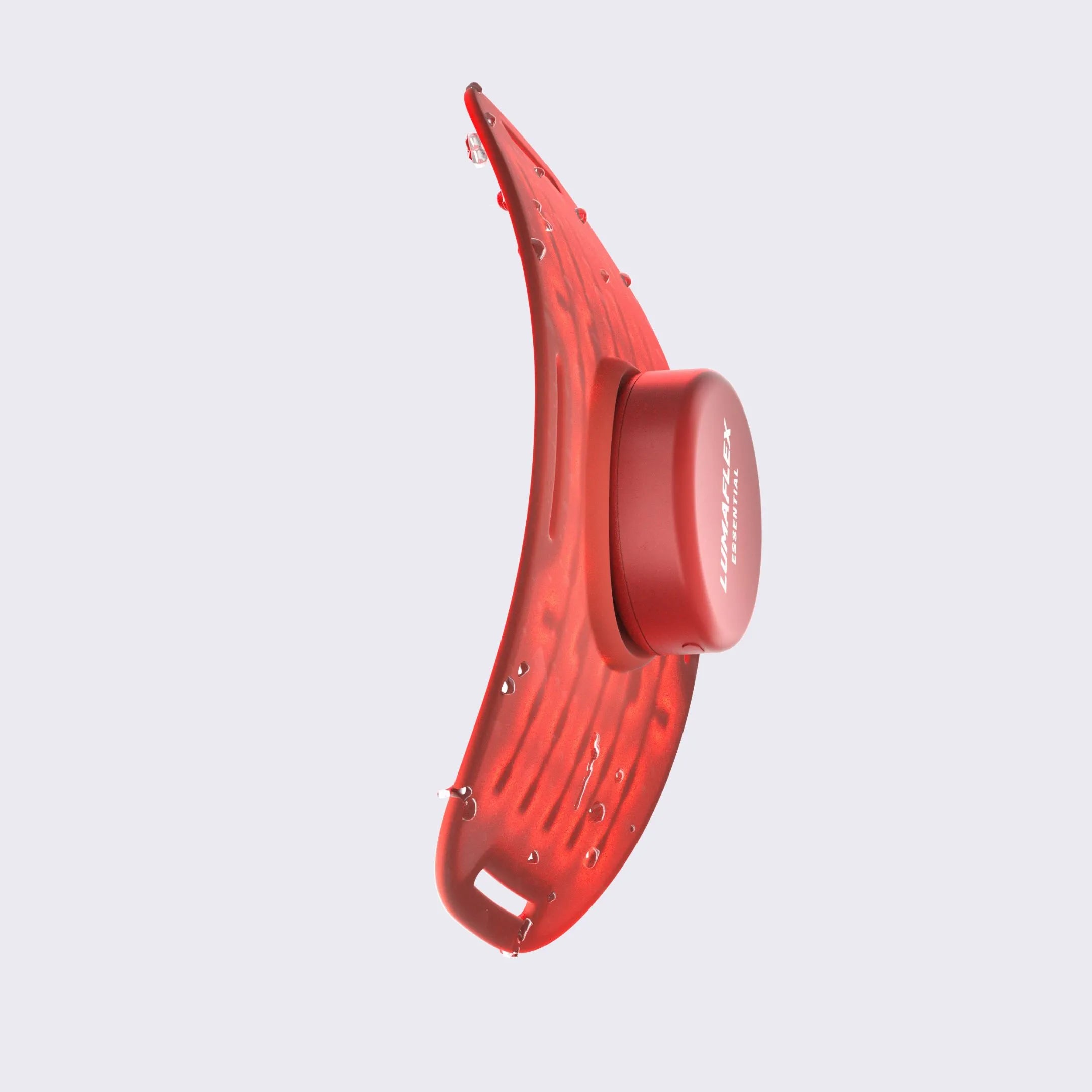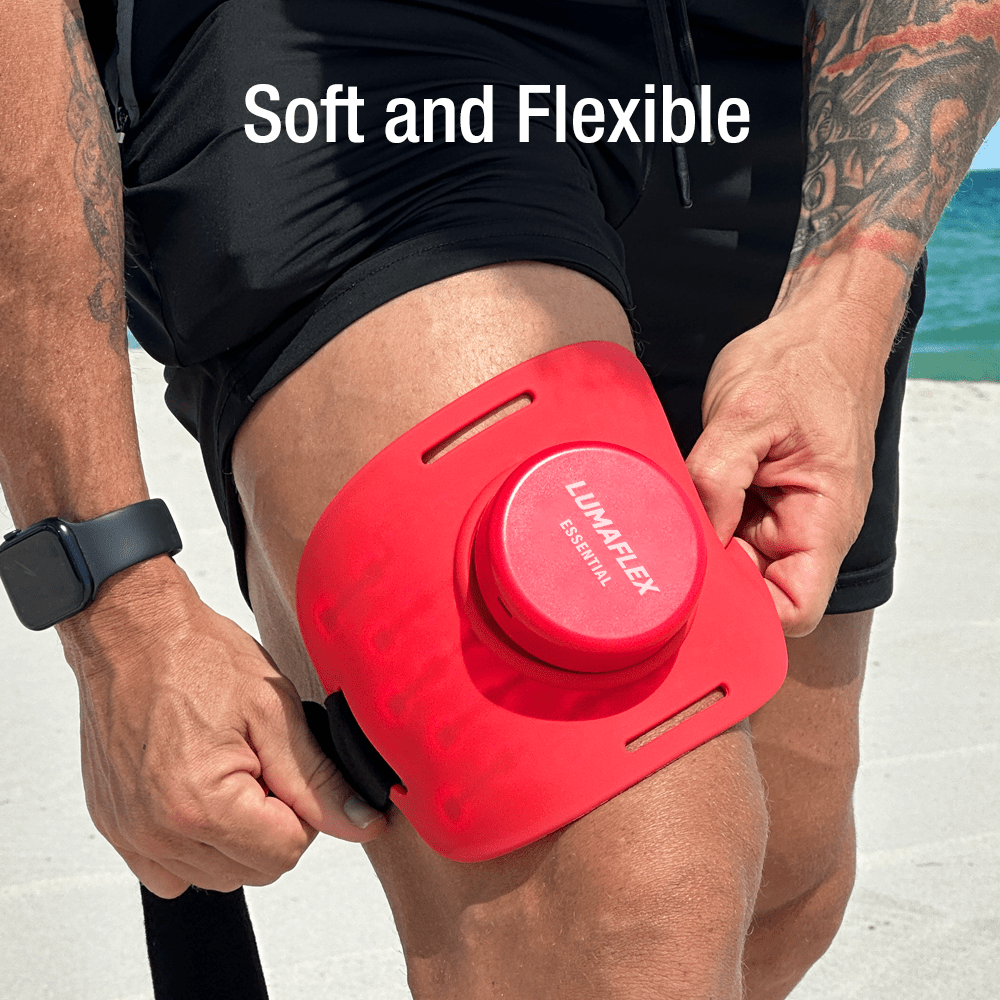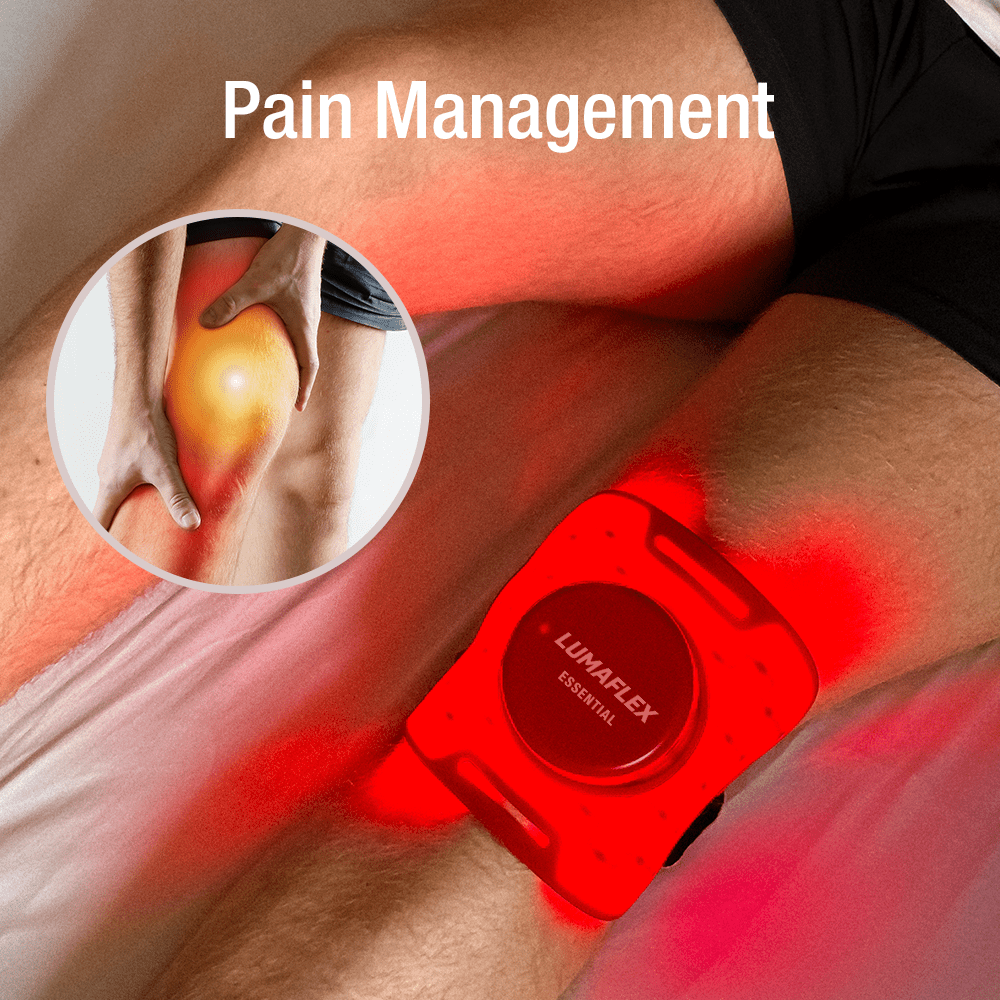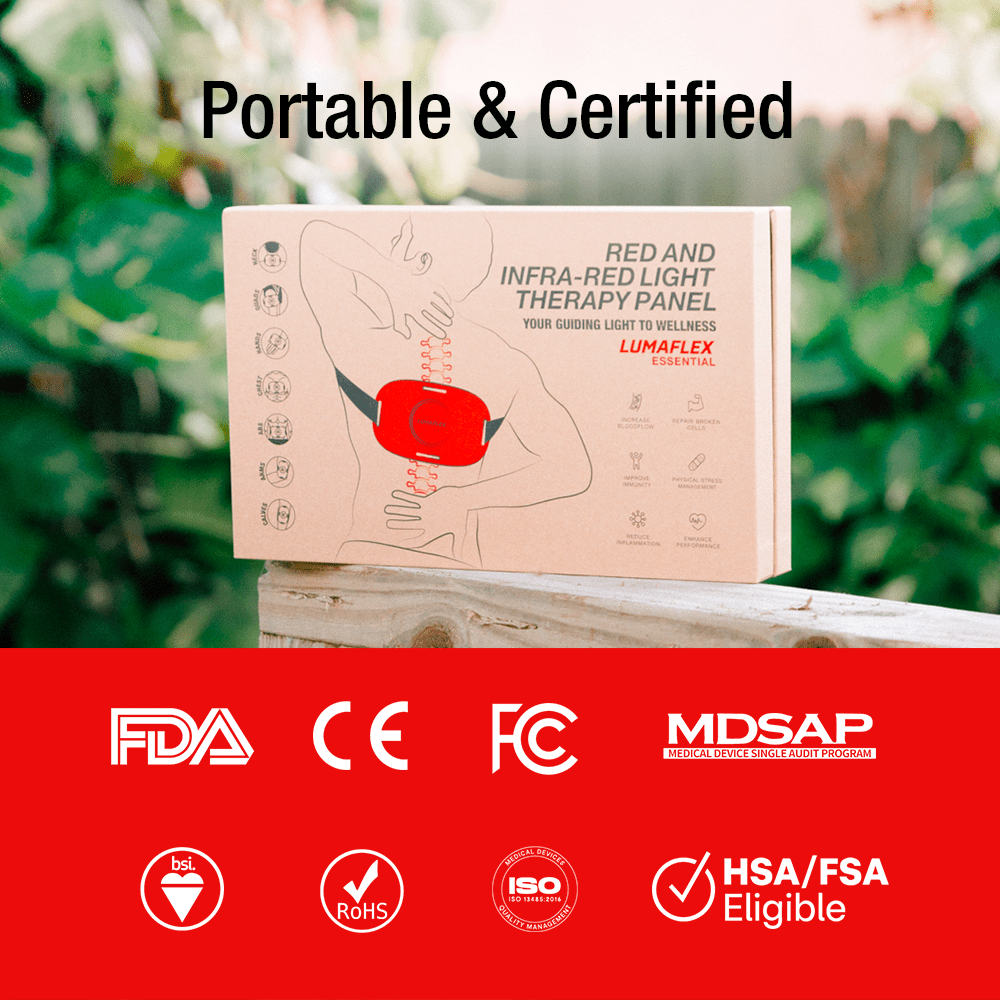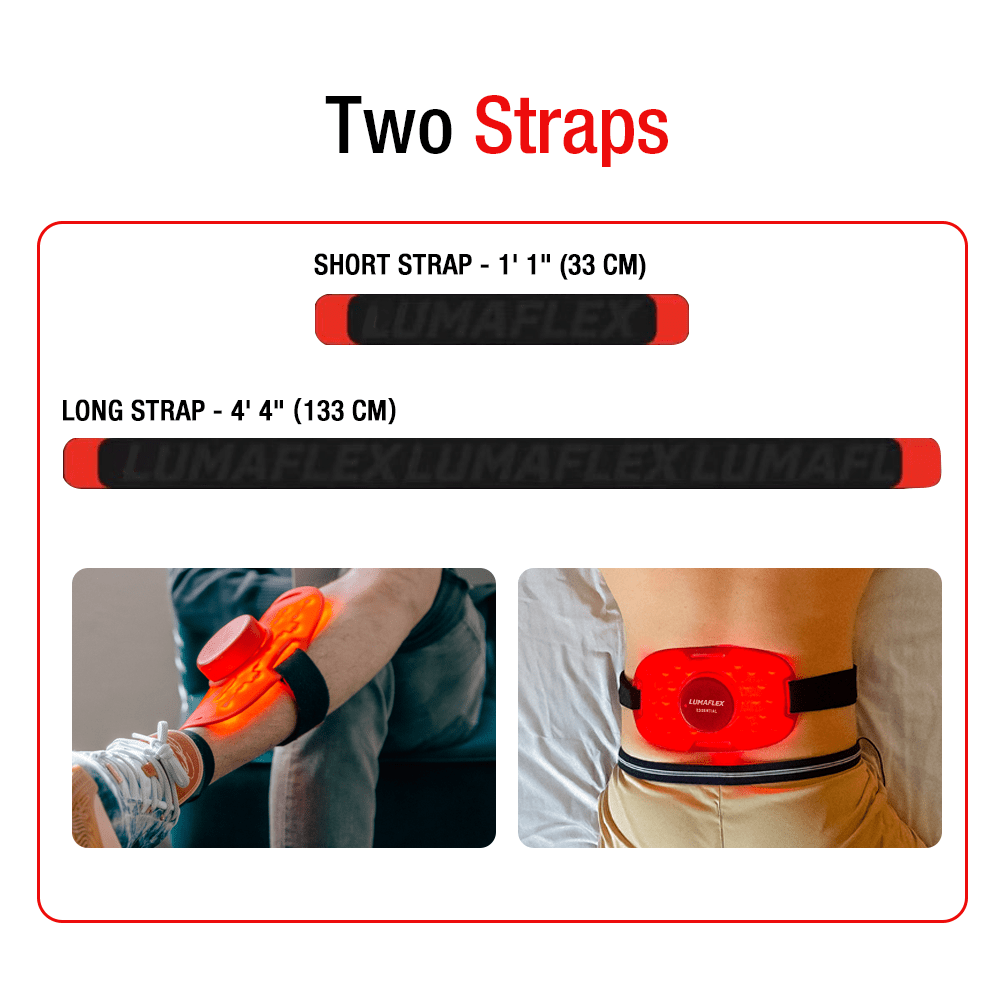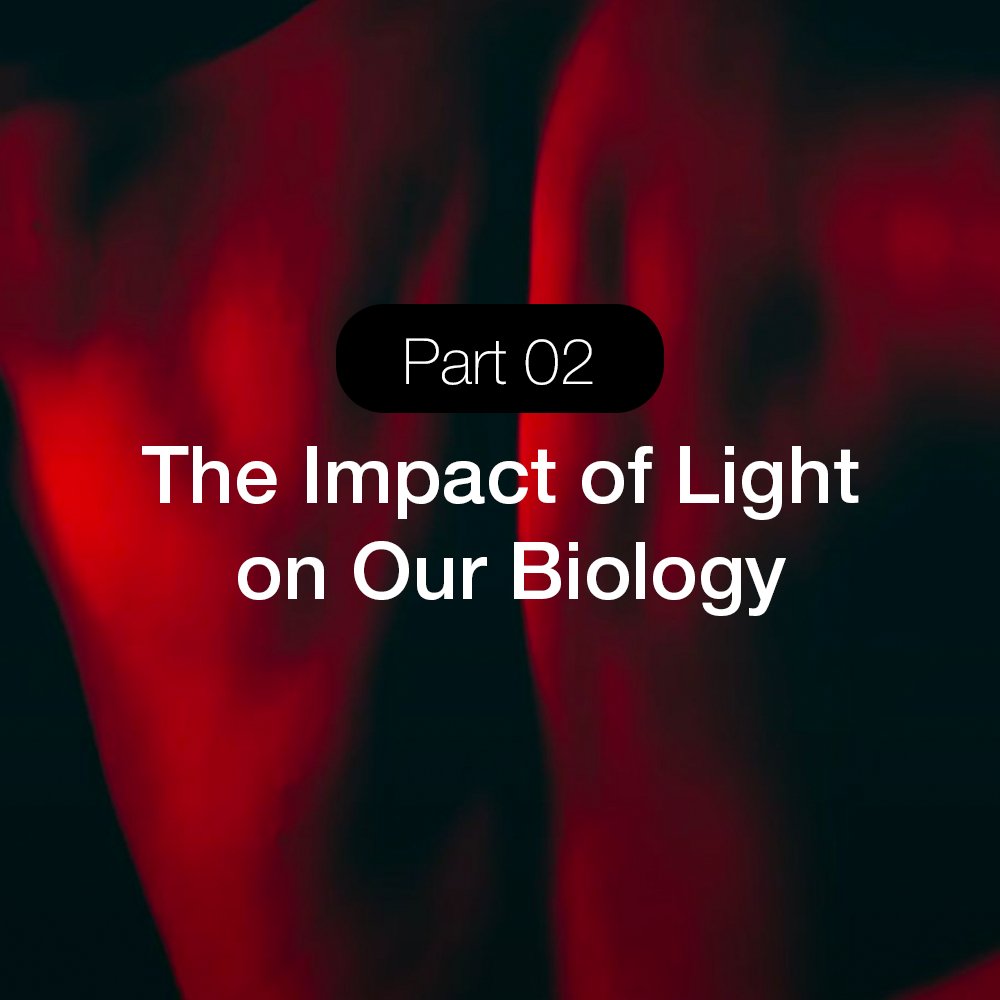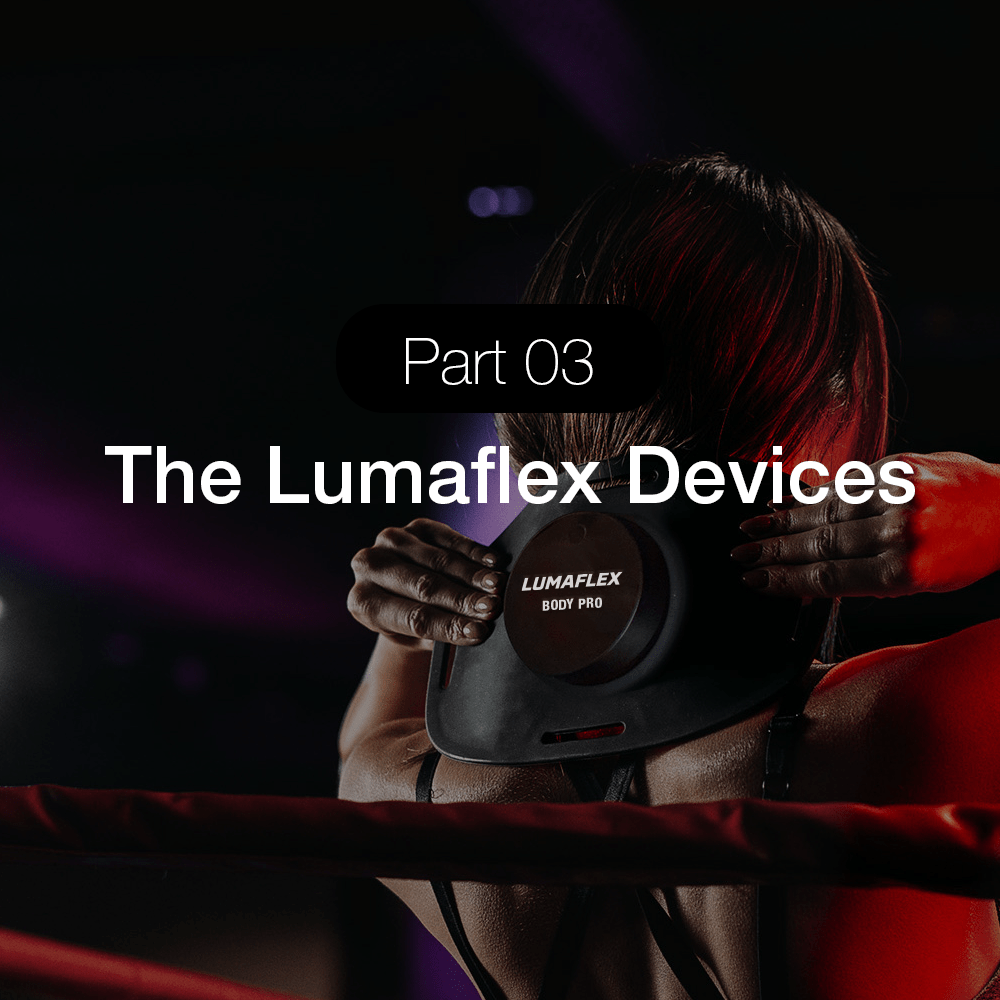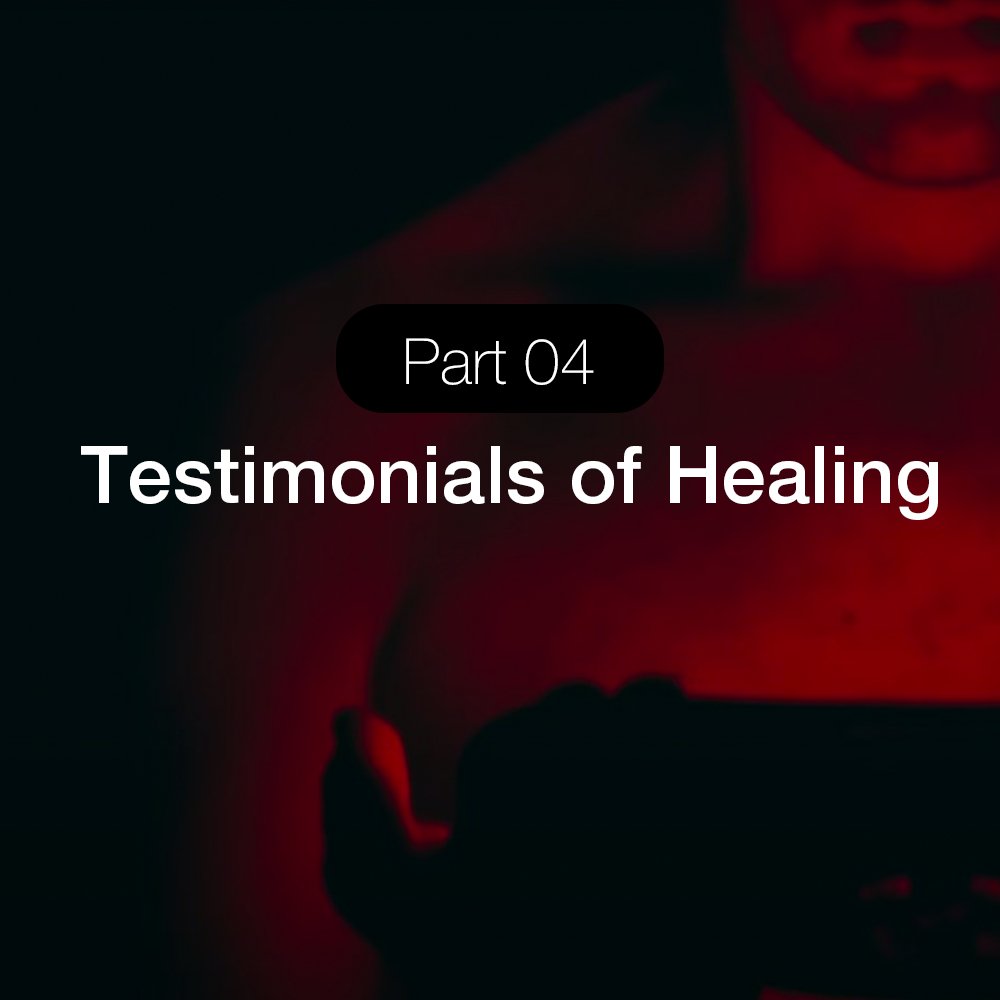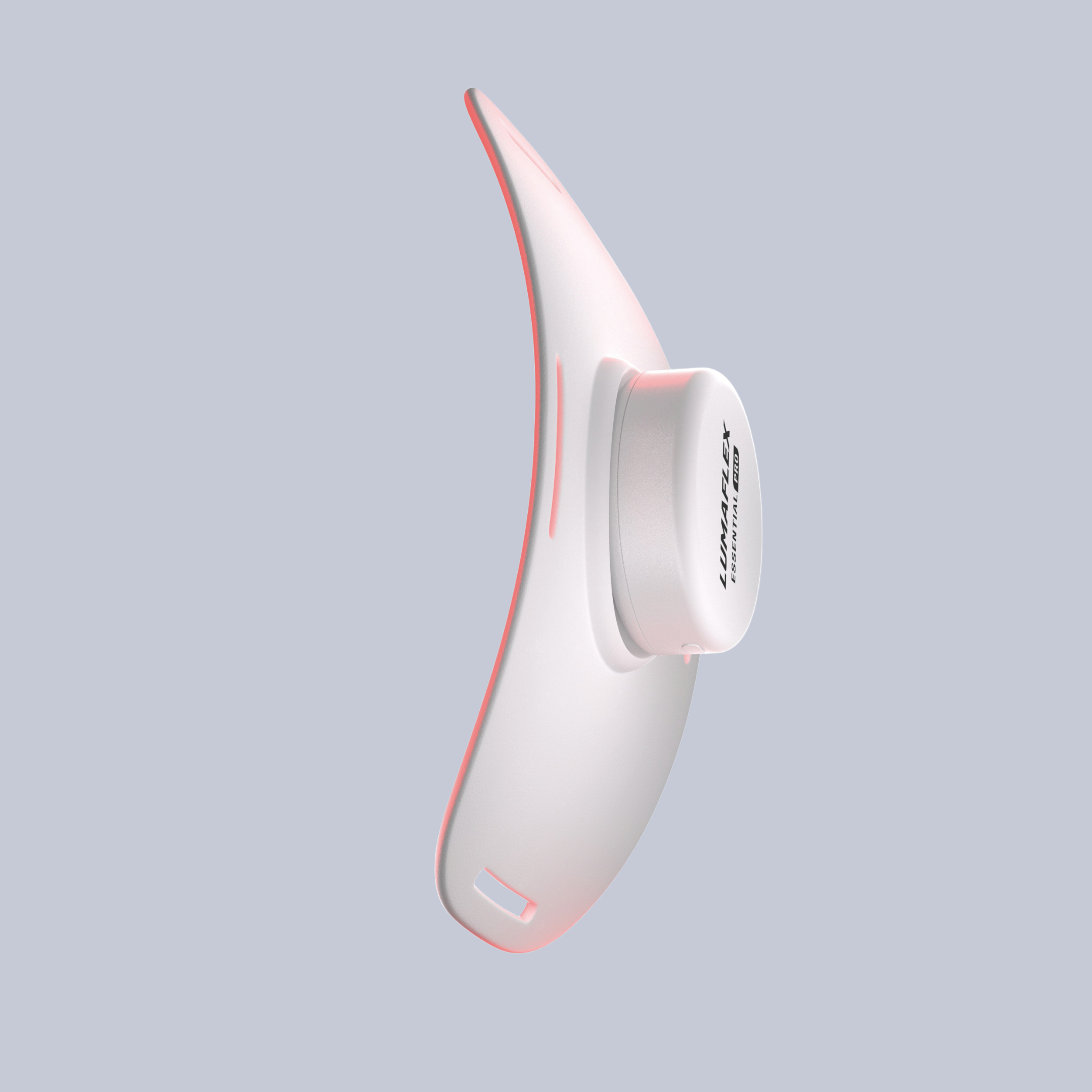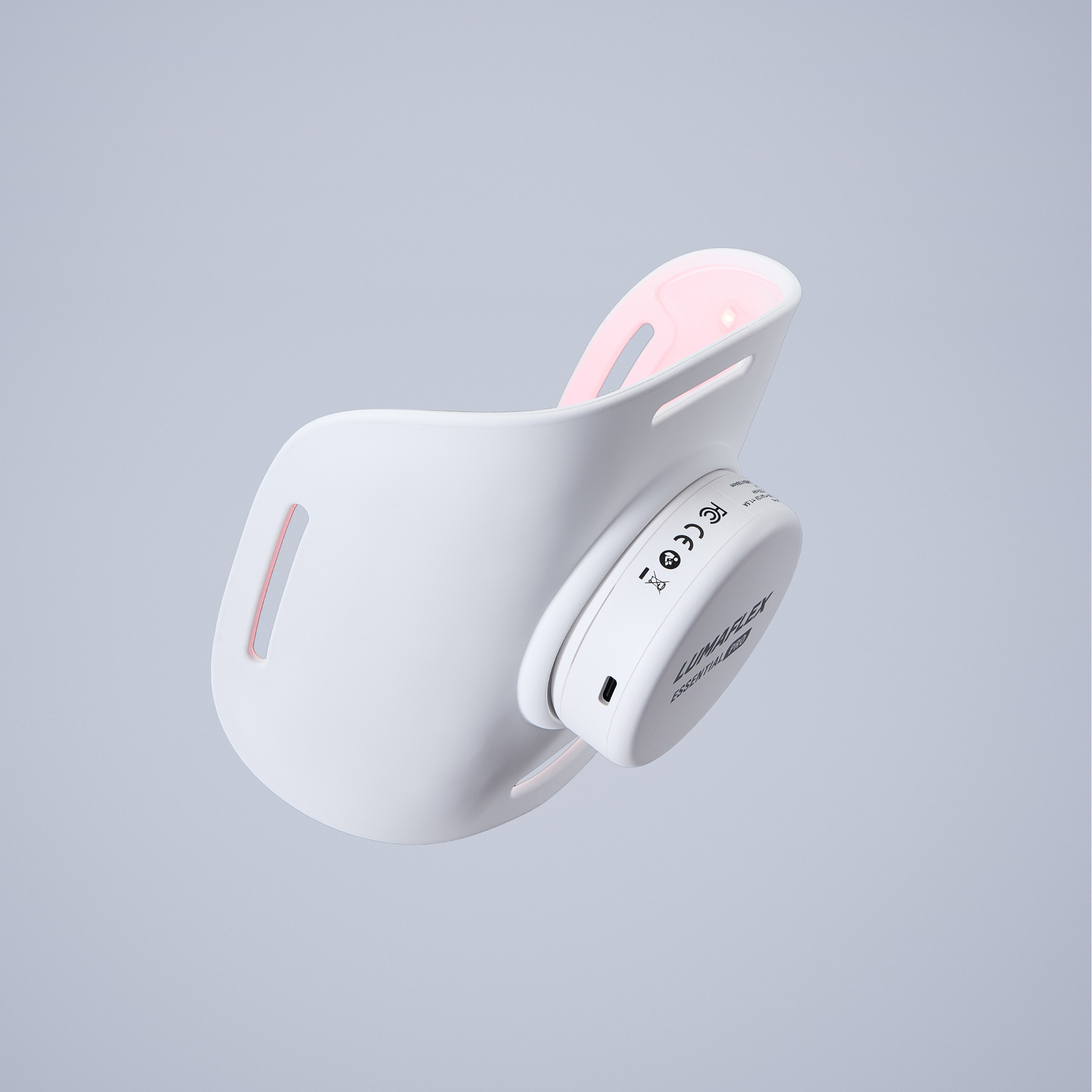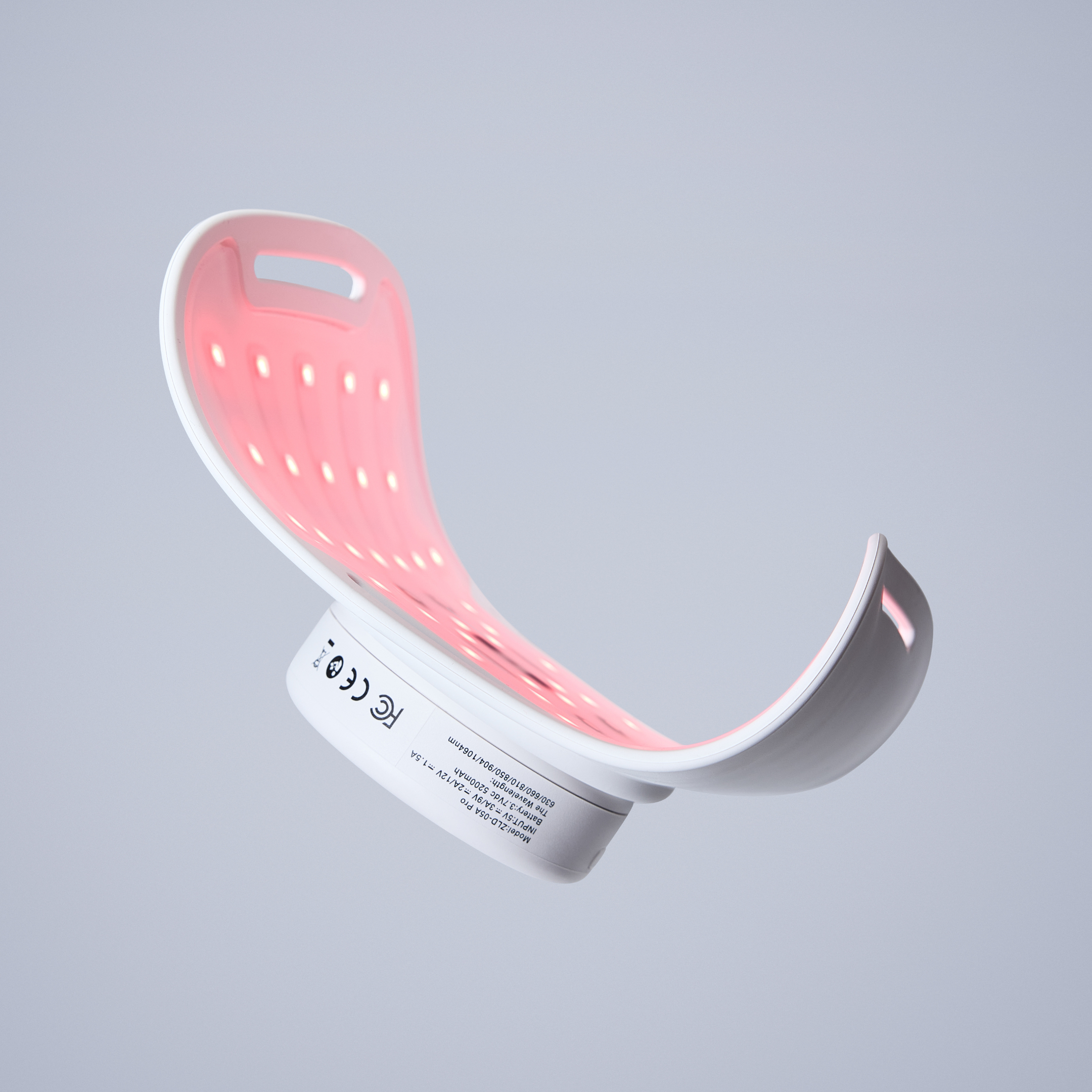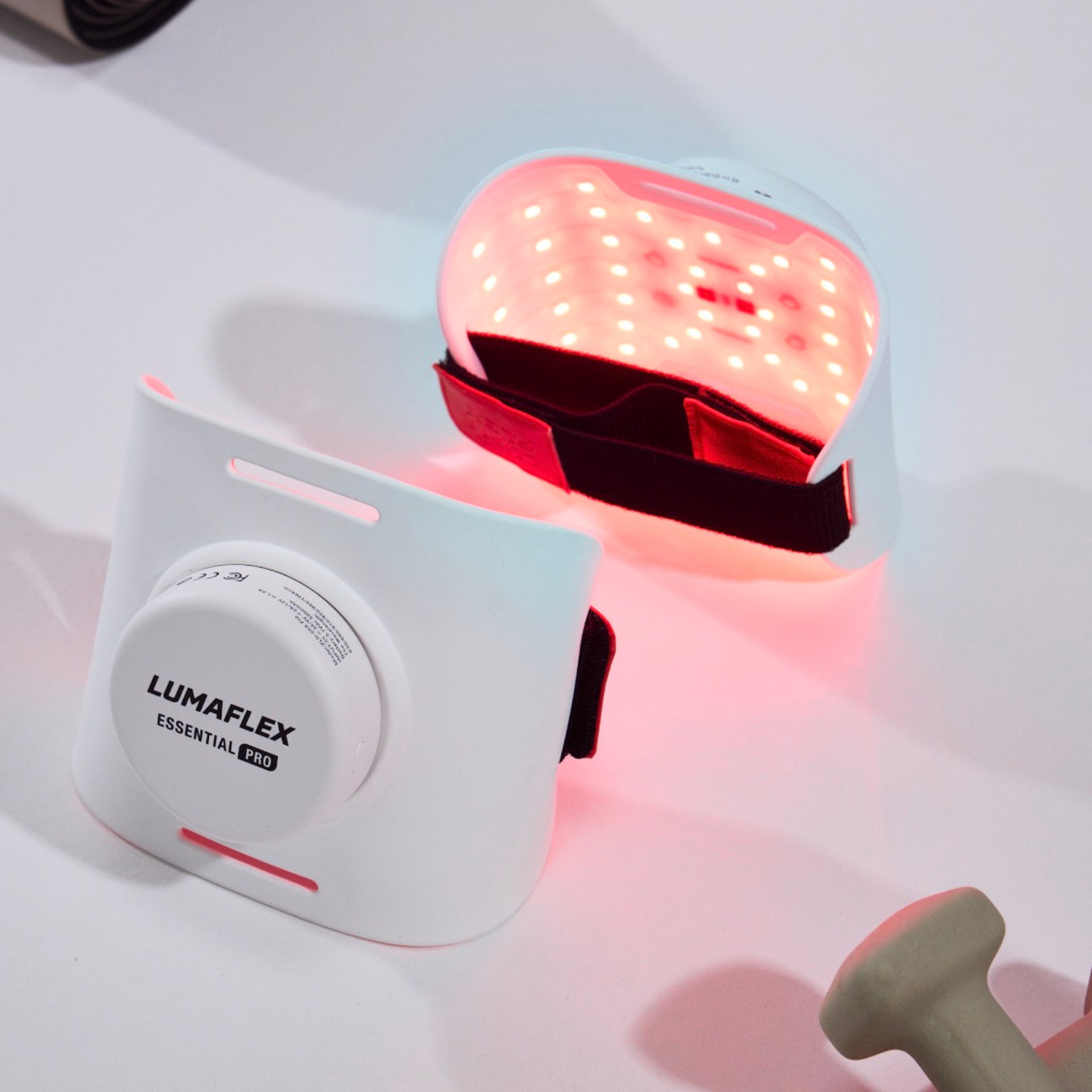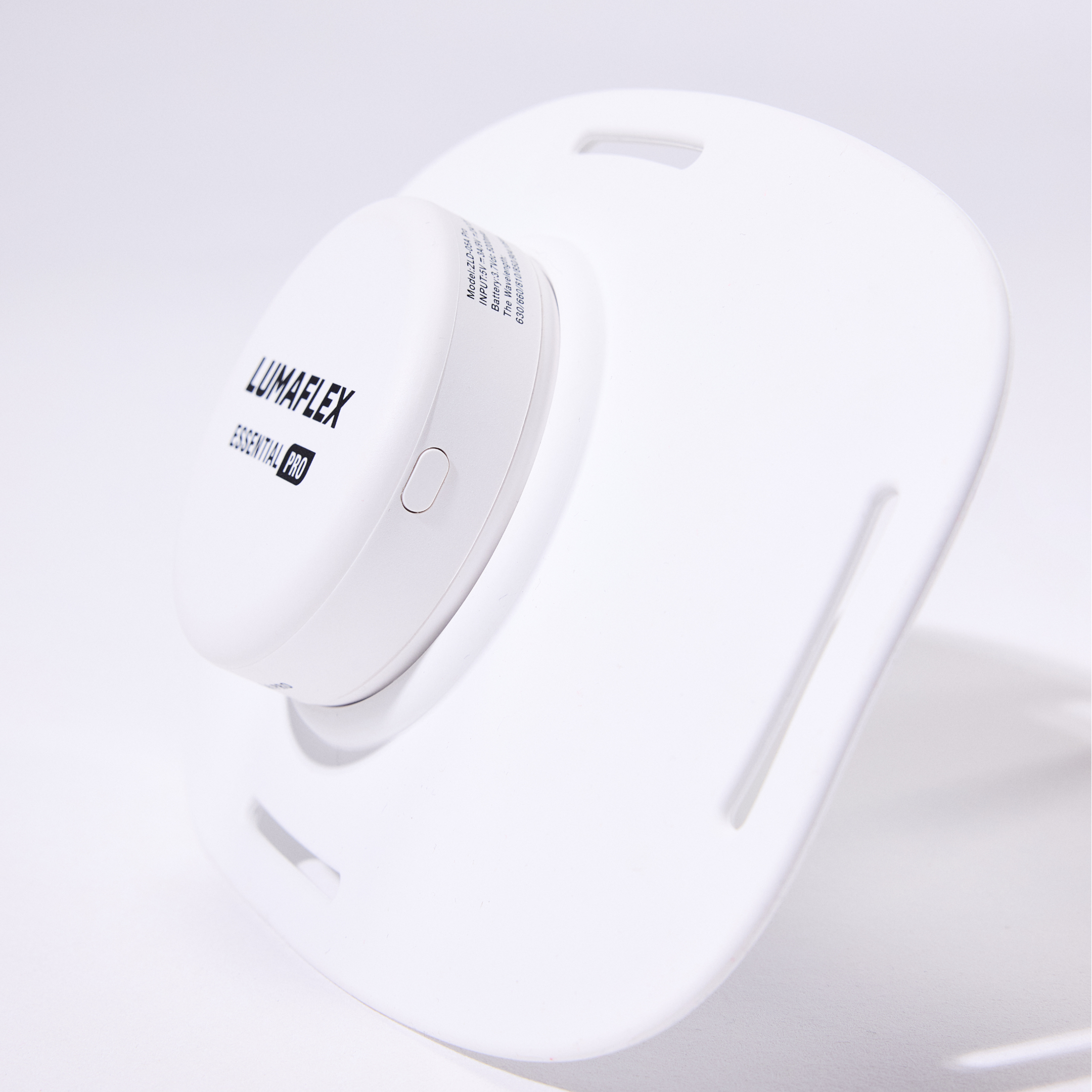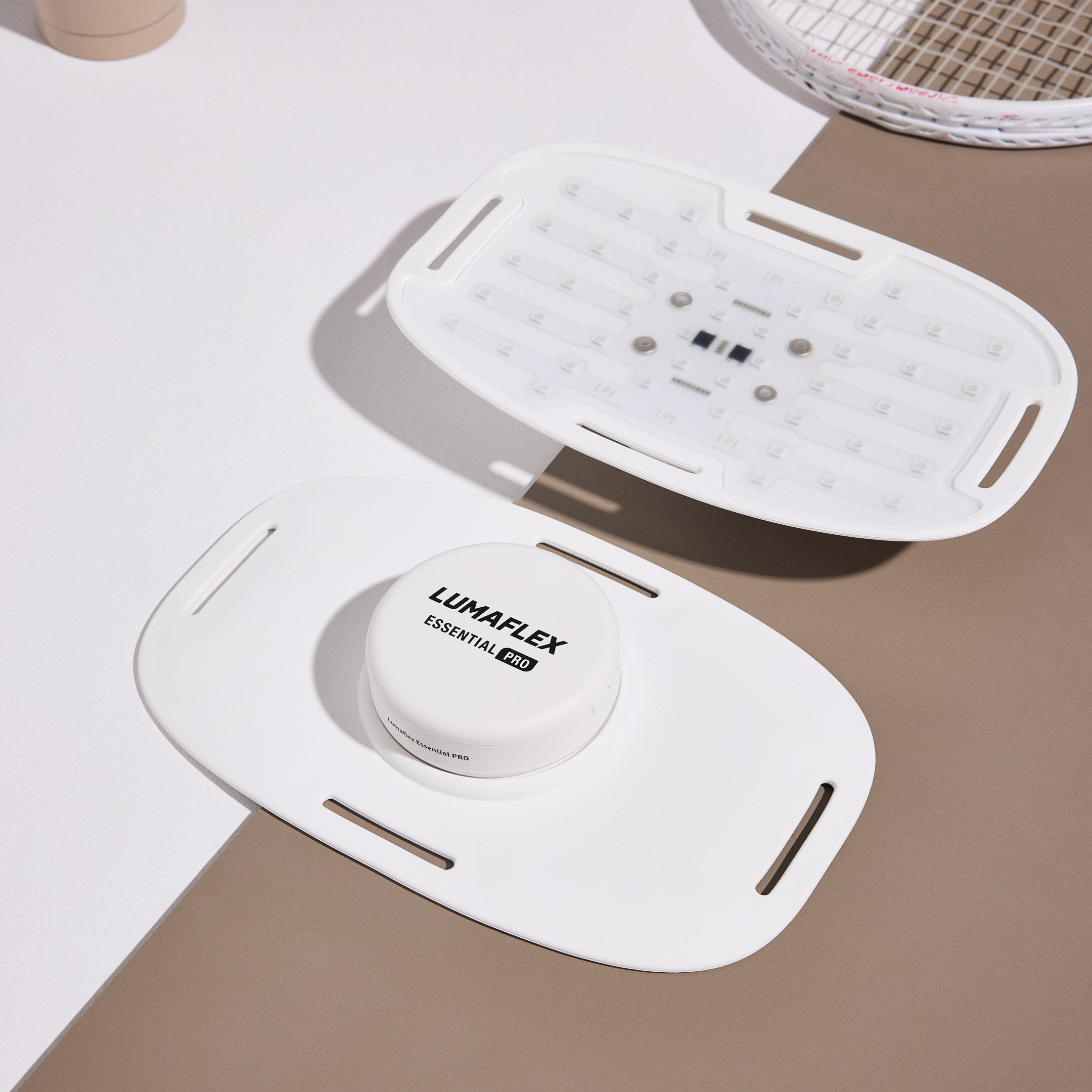Everything About Red Light Therapy for Hair Loss

Are you noticing more hair in your brush or shower drain lately? You're not alone. Hair loss affects millions of people worldwide, both men and women. Among the many treatments available today, red light therapy has gained attention as a non-invasive option. But does it really work? Let's shed some light on this popular treatment.
Table of content
- 1. What Is Red Light Therapy?
- 2. The Science Behind Red Light Therapy
- 3. Who Can Benefit From Red Light Therapy?
- 4. Home Devices vs. Professional Treatments
- 5. Results: What to Expect and When
- 6. Combining Treatments for Better Results
- 7. Potential Side Effects and Safety Concerns
- 8. Success Stories and Clinical Evidence
- 9. Cost Considerations: Is It Worth the Investment?
- 10. How to Use Red Light Therapy Devices Properly
- 11. Is Red Light Therapy Right for You?
- 12. What to Look for When Buying a Device
- 13. Final Thoughts
- 14. Frequently Asked Questions
- 15. References
- 16. Related Posts
1. What Is Red Light Therapy?
Red light therapy uses special devices that emit red or near-infrared light in specific wavelengths. These devices come in various forms like caps, helmets, combs, or even full panels. Unlike harmful UV rays from the sun, this red light is completely safe and doesn't damage your skin.When you use these devices, the light penetrates your scalp about 5mm deep, reaching the hair follicles beneath. These follicles are tiny sacs from which your hair grows. The treatment is also sometimes called Low-Level Laser Therapy (LLLT) or photobiomodulation.
2. The Science Behind Red Light Therapy
So how does shining light on your head help with hair loss? It's all about energy at the cellular level.When red light reaches your cells, it interacts with the mitochondria – the powerhouses of your cells. This boosts energy production in the form of ATP (adenosine triphosphate), which gives your cells more fuel to work with.For hair follicles specifically, this extra energy helps in several ways:
- Increases blood flow to your scalp, delivering more oxygen and nutrients
- Reduces inflammation that can contribute to hair loss
- Wakes up dormant follicles that have stopped producing hair
- Extends the active growth phase of hair (called anagen)
This isn't just theory. Scientific studies have found that red light therapy can increase hair count by 35% to 51% compared to placebo treatments over a 16-week period.
3. Who Can Benefit From Red Light Therapy?
Red light therapy works best for certain types of hair loss, particularly:
Androgenetic Alopecia – This is the scientific name for pattern baldness, the most common form of hair loss. For men, it usually shows up as a receding hairline or thinning at the crown. Women typically experience overall thinning, especially along the part line.
Alopecia Areata – An autoimmune condition causing patchy hair loss.
Telogen Effluvium – Temporary hair shedding often triggered by stress, illness, or hormonal changes.Red light therapy tends to work better for people in the early to moderate stages of hair loss. Once hair follicles have completely died, they can't be revived by any treatment.Age and hair color don't seem to affect results, so whether you're 25 or 65, you could potentially benefit from this therapy.
4. Home Devices vs. Professional Treatments
You have two main options for trying red light therapy: visiting a professional or using a home device.
Professional vs Home Treatments
| Feature | Professional Treatments | Home Devices |
| Equipment | Medical-grade, higher power | Consumer-grade, lower power |
| Expertise | Expert guidance and monitoring | Self-administered |
| Cost | $50-$300 per session | One-time $200-$1,000 purchase |
| Convenience | Requires clinic visits | Use anytime at home |
| Oversight | Professional supervision | Self-managed |
| Time Commitment | Scheduled appointments | Flexible usage |
| Customization | Personalized treatment plans | Standard protocols |
If you decide to try a home device, look for one that is FDA-cleared, as this means it has met safety standards. Popular options include hair growth caps, helmets, and combs. The best devices use wavelengths between 630-670 nm, which research shows are most effective for hair growth.
5. Results: What to Expect and When
Red light therapy isn't an overnight miracle – it requires patience and consistency. Here's a typical timeline:
Results Timeline
| Treatment Period | What to Expect |
| First 4-6 weeks | Little visible change; cellular stimulation begins; possible temporary increased shedding |
| 2-3 months | Reduced hair fall; existing hair feels stronger and looks shinier |
| 3-6 months | New hair growth becomes visible; thinning areas begin filling in |
| 6+ months | Noticeable improvement in hair density and thickness |
| Maintenance | Ongoing sessions needed (typically 1-2 times weekly) to maintain results |
Remember that consistency is key. Most studies showing positive results required treatments of 10-25 minutes, 3-4 times per week, over several months.
6. Combining Treatments for Better Results
Multi-Treatment Approach: Synergy Chart
While red light therapy can work on its own, combining it with other treatments often yields better results. Think of it like a multi-pronged approach to tackle hair loss from different angles.
| Treatment | How It Works | Synergy with Red Light | Who It's Best For | Considerations |
| Minoxidil (Rogaine) | Prolongs growth phaseImproves blood flow | Enhances results by 25-35%compared to either alone | Men and womenAll types of hair loss | Takes 4+ monthsMust continue indefinitely |
| Finasteride | Blocks DHT productionPrevents follicle shrinking | Addresses hormonal causeswhile red light energizes cells | Men onlyPattern baldness | Prescription requiredPotential sexual side effects |
| Supplements | Provides building blocksfor healthy hair growth | Ensures follicles havenutrients needed for growth | Nutritional deficienciesOverall thinning | Results vary widelyBlood tests recommended |
| Scalp Massage | Increases blood flowReduces tension | Complements increasedcellular activity | All typesStress-related loss | Free to implementEasy to combine |
| DHT-Blocking Shampoos | Reduces DHT on scalpImproves scalp health | Creates healthier environmentfor treatment | Early-stage lossOily scalps | Mild effects aloneGood complementary option |
| PRP Therapy | Uses growth factorsfrom your own blood | Dramatic improvementwhen combined | Moderate lossThose seeking faster results | Expensive ($300-800/session)Requires medical visits |
Talk to a dermatologist or hair specialist before combining treatments to ensure they're appropriate for your specific situation.
7. Potential Side Effects and Safety Concerns
Safety Profile
| Aspect | Red Light Therapy | Medication (Finasteride) | Topical Minoxidil |
| Common Side Effects | Mild scalp tinglingTemporary rednessInitial increased shedding | Sexual dysfunctionDepressionBreast tenderness | Scalp irritationUnwanted facial hairHeart palpitations |
| Long-term Risks | None known | Potential persistent side effects | Dependency for results |
| Systemic Effects | None | Hormonal changes | Minimal absorption |
| Who Should Avoid | People on photosensitizing medicationsActive severe scalp conditionsEpilepsy patientsActive skin cancer | Women who are pregnantMen planning to have childrenHistory of depression | Heart conditionsKnown sensitivityBroken/irritated scalp |
| Monitoring Needed | None | Regular blood tests | Blood pressure checks |
Red light therapy stands out for its minimal side effects and excellent safety profile. It doesn't cause the hormonal disruptions seen with some medications or the skin irritation common with topical treatments.
8. Success Stories and Clinical Evidence
The scientific community has increasingly backed red light therapy with research. Multiple clinical trials have found positive results:
- A 2013 study in the American Journal of Clinical Dermatology found that LLLT produced a 35% increase in hair growth compared to placebo devices.
- A 2018 review of 11 studies concluded that both laser and LED devices produced significant improvements in hair density and thickness.
- A 2017 meta-analysis found statistically significant increases in hair count across eight clinical studies.
Real users report varied experiences. While some see dramatic improvements, others notice more subtle changes. Keep in mind that results are often better documented in photos than in mirrors – gradual improvements can be hard to notice day-to-day.
9. Cost Considerations: Is It Worth the Investment?
Cost Comparison
| Treatment Option | Initial Cost | Ongoing Costs | Total First-Year Cost | Notes |
| Professional Treatments | $0 | $50-$300 per session (1-3x weekly) | $2,600-$46,800 | No equipment to buy; consistent quality |
| Basic LED Combs | $200-$300 | $0 | $200-$300 | Requires manual movement; less coverage |
| Mid-range Caps/Helmets | $400-$700 | $0 | $400-$700 | Hands-free; treats entire scalp |
| Premium Systems | $800-$1,200+ | $0 | $800-$1,200+ | Medical-grade power; better results |
Most home devices last 3-5 years with proper care, making them more economical than professional treatments over time. Some manufacturers offer payment plans to make the initial investment more manageable.To decide if it's worth the investment, consider:
- Your budget and financial situation
- The severity of your hair loss
- Your commitment to consistent treatments
- Whether you've tried less expensive options first
Some devices offer satisfaction guarantees or 6-month money-back promises, which can reduce your risk when trying this technology.
10. How to Use Red Light Therapy Devices Properly
To get the most from red light therapy, proper use is essential:
- Clean your scalp: Start with clean, dry hair to ensure the light reaches your follicles without interference.
- Position correctly: Follow device instructions for exact placement. The light must reach your scalp, not just your hair.
- Timing matters: Use only for the recommended duration. More is not better with red light therapy—typical sessions range from 10-25 minutes.
- Consistency is crucial: Follow a regular schedule, usually 3-4 times per week. Set reminders on your phone to maintain your routine.
- Maintenance phase: Once you achieve desired results, you'll likely need to continue periodic treatments to maintain them. Hair loss can return if you stop completely.
- Take progress photos: Document your journey with monthly photos under the same lighting conditions to objectively track changes.
Remember that red light therapy devices don't heat up significantly—if your device becomes hot, discontinue use and check with the manufacturer.
11. Is Red Light Therapy Right for You?
Before investing in red light therapy, consider these factors:
- Type of hair loss: Are you experiencing pattern baldness, stress-related shedding, or another form? Red light works best for androgenetic alopecia (pattern baldness).
- Stage of hair loss: Earlier stages respond better. If you've been completely bald in an area for many years, results may be limited.
- Commitment level: Can you stick with a treatment routine for 6+ months? Results require consistency.
- Medical considerations: Some medications or conditions might affect results. Always consult a doctor, especially if you have scalp conditions.
- Expectations: Are you looking for complete hair restoration or modest improvements in density? Setting realistic goals prevents disappointment.
A consultation with a dermatologist or trichologist (hair specialist) can help determine if red light therapy is suitable for your specific situation. They can also recommend complementary treatments for better results.
12. What to Look for When Buying a Device
Device Comparison Guide
| Feature | Why It Matters | What to Look For |
| FDA Clearance | Ensures basic safety standards | "FDA-cleared" label on packaging |
| Wavelength | Determines effectiveness | 630-670 nm (660 nm is optimal) |
| Power Density | Affects treatment strength | 3-6 mW/cm² (higher is generally better) |
| Coverage Area | Determines treatment efficiency | Full coverage helmets for overall loss; targeted devices for specific areas |
| Battery Life | Affects convenience | 3+ treatments per charge for cordless devices |
| Treatment Time | Impacts your routine | 10-25 minutes per session is standard |
| Warranty | Protects your investment | 1+ year warranty, money-back guarantee |
Popular Device Types
| Type | Coverage | Convenience | Price Range | Best For |
| Caps/Helmets | Full scalp | Hands-free | $400-$1,200 | Overall thinning |
| Combs/Brushes | Targeted | Requires manual movement | $200-$400 | Specific areas |
| Headbands | Front and sides | Hands-free | $300-$700 | Receding hairline |
| Panels | Varies by size | Stationary | $300-$800 | Multiple body areas |
13. Final Thoughts
Hair loss can significantly impact self-confidence and quality of life, making the search for effective treatments important for many people. Red light therapy offers a non-invasive, drug-free approach with a growing body of scientific support.Key takeaways about red light therapy:
- It's generally safe with minimal side effects
- Results typically take 3-6 months to become noticeable
- Consistency is essential for success
- It works best in early to moderate stages of hair loss
- Combining it with other treatments often yields better results
Whether you choose professional treatments or a home device, setting realistic expectations and committing to the process are crucial steps. Remember that even modest improvements in hair density can make a significant difference in appearance.If you're still uncertain, consider consulting with a dermatologist who specializes in hair loss. They can evaluate your specific situation and help you develop a comprehensive treatment plan that might include red light therapy as one component.With the right approach and patience, red light therapy might just be the solution you've been looking for in your hair growth journey.
14. Frequently Asked Questions
Does red light therapy really work for hair loss?
Yes, multiple clinical studies show red light therapy can effectively treat certain types of hair loss, particularly androgenetic alopecia (pattern baldness). Research indicates improvements in hair count by 35-51% over 16 weeks compared to placebo treatments. However, results vary by individual, with early-stage hair loss responding better than advanced cases.
Can I use red light therapy at home, or do I need professional treatments?
Both options are effective. Home devices are FDA-cleared and convenient but less powerful than professional equipment. Professional treatments offer medical-grade power and expert guidance but cost more long-term. The best choice depends on your budget, severity of hair loss, and commitment to consistent treatment.
How often should I use red light therapy?
Most manufacturers and studies recommend:
- Initial phase: 3-4 sessions per week for 10-25 minutes each
- Maintenance phase: 1-2 sessions per week once desired results are achieved
Consistency is crucial—irregular use significantly reduces effectiveness.
Will insurance cover red light therapy for hair loss?
Most insurance companies consider hair loss treatments cosmetic and don't provide coverage. However, some flexible spending accounts (FSAs) or health savings accounts (HSAs) may reimburse you for FDA-cleared devices. Check with your specific provider and plan details.
Is red light therapy safe for all hair and skin types?
Red light therapy is generally safe for all hair colors and skin types. Unlike other light treatments that target pigment, red light works at the cellular level regardless of melanin content. People with photosensitivity conditions or those taking certain medications should consult a healthcare provider first.
Can I combine red light therapy with hair transplants?
Yes, many hair restoration surgeons recommend red light therapy before and after transplant procedures. Pre-surgery, it can strengthen existing hair. Post-surgery, it may help transplanted follicles establish more quickly and increase overall density, though you should follow your surgeon's specific timeline recommendations.
How is red light therapy different from laser caps/combs?
This gets confusing because the terms overlap. Red light therapy is the treatment approach that uses specific wavelengths of red light. The delivery method can be:
- LED devices (most modern "caps" and "helmets")
- Laser devices (often called "laser combs" or "laser caps")
Both use red light in the effective 630-670 nm range, but they differ in how concentrated the light beams are. Current research shows both LED and laser devices can be effective when properly designed.
Will results disappear if I stop treatment?
Yes, improvements typically reverse gradually if you completely stop treatments. Hair growth from red light therapy requires maintenance sessions to sustain results. Most users transition to a maintenance schedule of 1-2 sessions weekly after achieving desired results rather than stopping completely.
Can red light therapy help with receding hairline specifically?
Research shows red light therapy can help with hairline recession, particularly when caught early. Full-coverage helmets treat the entire scalp including the hairline, while some targeted devices like headbands focus specifically on frontal areas. For established recession, combining red light with other treatments like minoxidil often yields better results.
What's the difference between cheap and expensive red light devices?
Price differences typically reflect:
- Light output quality and consistency
- Coverage area and design
- Battery life and build quality
- Clinical testing behind the device
Less expensive devices often have fewer LEDs/lasers, lower power output, or limited coverage. FDA-cleared devices with published clinical studies tend to cost more but provide better assurance of effectiveness.
15. References
- Darwin E, Heyes A, Hirt PA, Wikramanayake TC, Jimenez JJ. Low-level laser therapy for the treatment of androgenic alopecia: a review. Lasers in Medical Science. 2018;33(2):425-434.
- Lanzafame RJ, Blanche RR, Chiacchierini RP, Kazmirek ER, Sklar JA. The growth of human scalp hair in females using visible red light laser and LED sources. Lasers in Surgery and Medicine. 2014;46(8):601-607.
- Gupta AK, Foley KA. A critical assessment of the evidence for low-level laser therapy in the treatment of hair loss. Dermatologic Surgery. 2017;43(2):188-197.
- Zarei M, Wikramanayake TC, Falto-Aizpurua L, Schachner LA, Jimenez JJ. Low level laser therapy and hair regrowth: an evidence-based review. Lasers in Medical Science. 2016;31(2):363-371.
- Liu KH, Liu D, Chen YT, Chin SY. Comparative effectiveness of low-level laser therapy for adult androgenic alopecia: a system review and meta-analysis of randomized controlled trials. Lasers in Medical Science. 2019;34(6):1063-1069.
- Kim H, Choi JW, Kim JY, Shin JW, Lee SJ, Huh CH. Low-level light therapy for androgenetic alopecia: A 24-week, randomized, double-blind, sham device-controlled multicenter trial. Dermatologic Surgery. 2013;39(8):1177-1183.
- Friedman S, Schnoor P. Novel approach to treating androgenetic alopecia in females with photobiomodulation (low-level laser therapy). Dermatologic Surgery. 2017;43(6):856-867.
- Suchonwanit P, Chalermroj N, Khunkhet S. Low-level laser therapy for the treatment of androgenetic alopecia in Thai men and women: a 24-week, randomized, double-blind, sham device-controlled trial. Lasers in Medical Science. 2019;34(6):1107-1114.
- American Academy of Dermatology. "Is red light therapy right for your skin?" Retrieved from https://www.aad.org/public/cosmetic/safety/red-light-therapy
- Avci P, Gupta GK, Clark J, Wikonkal N, Hamblin MR. Low-level laser (light) therapy (LLLT) for treatment of hair loss. Lasers in Surgery and Medicine. 2014;46(2):144-151.


